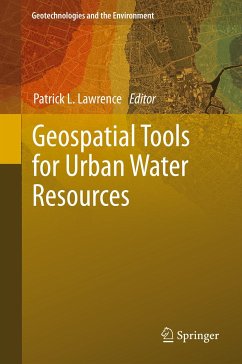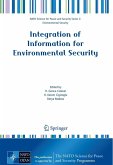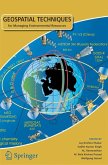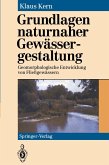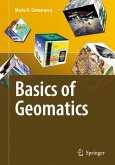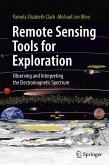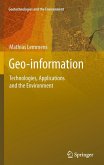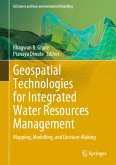This book examines the application of geotechniques to address a wide range of issues facing urban water resources. Growing populations leading to urbanization and related development have lead to problems associated with water quality, storm water management, flood control, environmental health, and related ecosystem impacts. Major cities and other urban areas are facing challenges in addressing the implications of impacts to water resources. Recent innovations in geotechnologies, including Geographic Information Science (GIS), remote sensing, and other spatial tools and techniques, provide great opportunities and potential to assist in dealing with these problems. This volume provides a series of case studies that examine the application of new methods and approaches in a range of geotechnologies as utilized to better understand and resolve urban water resource concerns in communities throughout the world. Computer based mapping, spatial analysis, satellite imagery, decision support systems, web based applications, aerial photography, and other methods are highlighted by their development and application. The research presented in this volume will provide for an excellent source of knowledge and learning to assist professionals, experts, and students with a better understanding of how the use of geotechnologies can be used to assist urban communities to address water resource challenges.
Dieser Download kann aus rechtlichen Gründen nur mit Rechnungsadresse in A, B, BG, CY, CZ, D, DK, EW, E, FIN, F, GR, HR, H, IRL, I, LT, L, LR, M, NL, PL, P, R, S, SLO, SK ausgeliefert werden.

